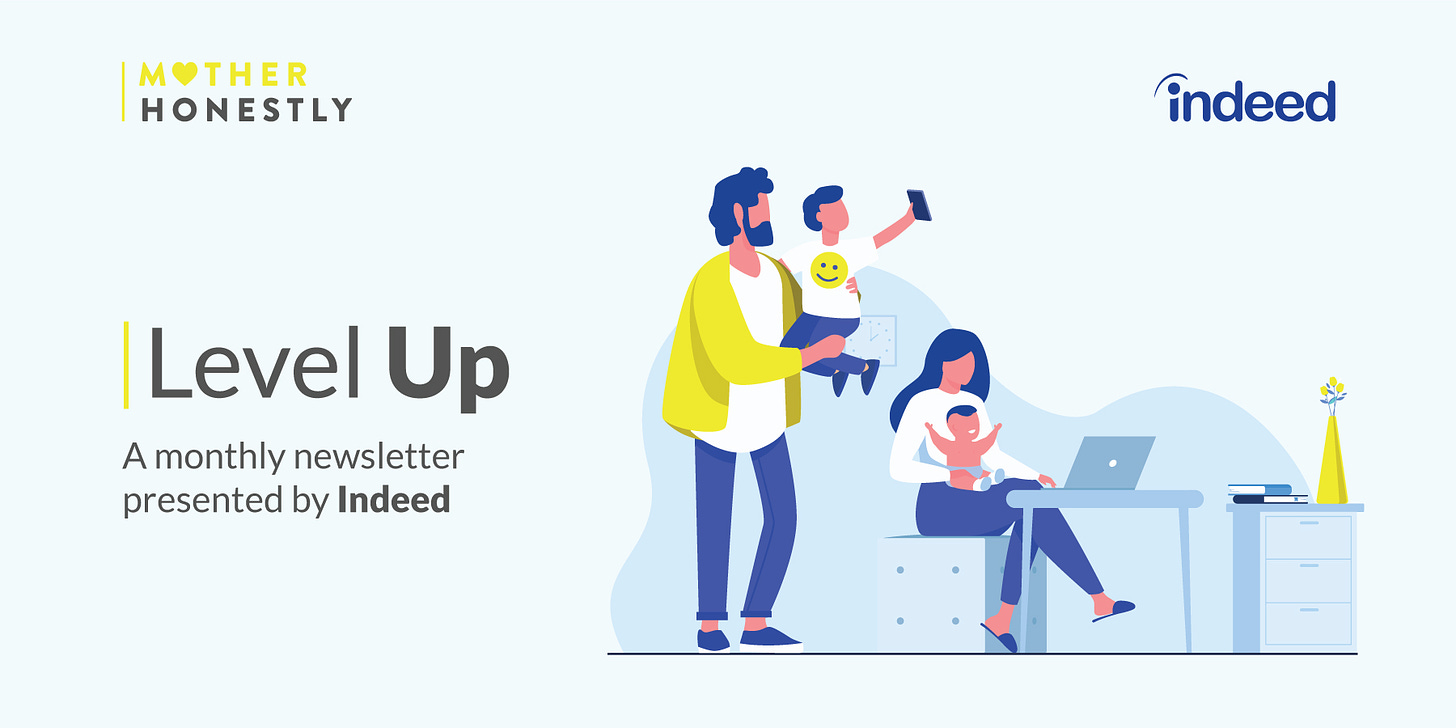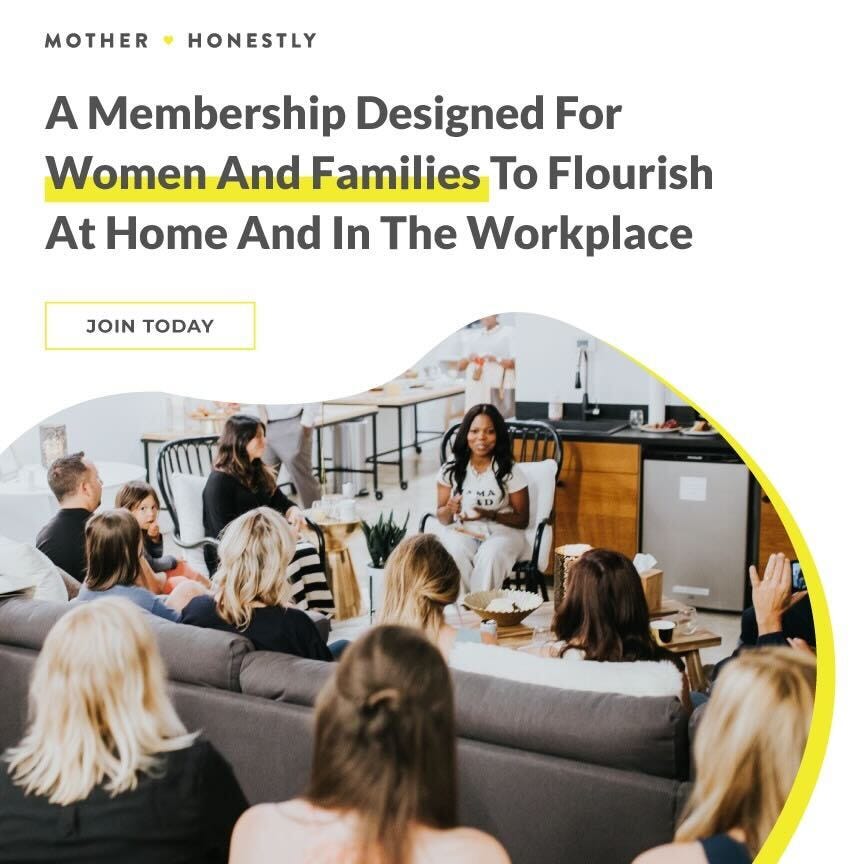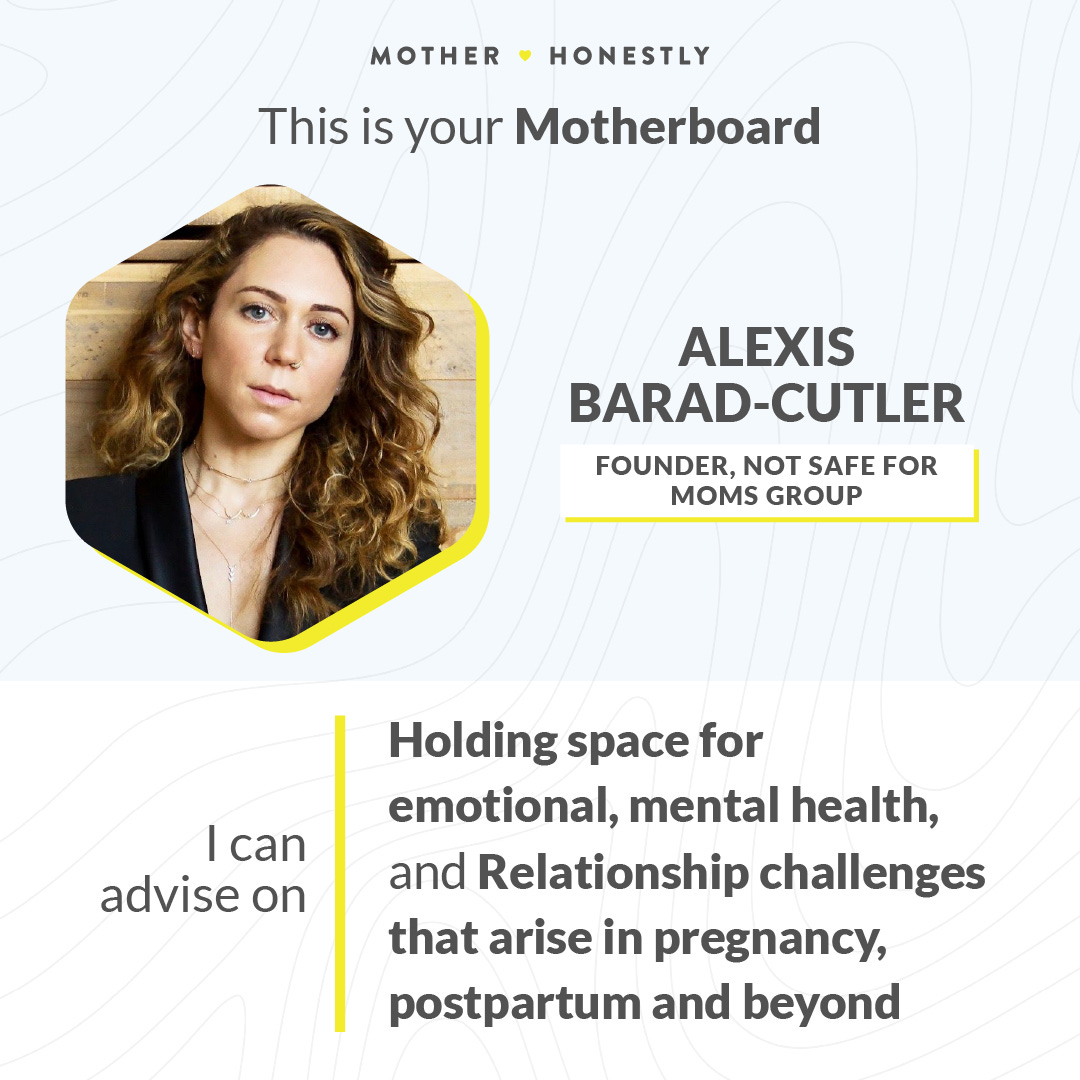Call it the Great Resignation. The Big Quit. The Great Reshuffle. Whatever you call it, it’s clear that American workers (and even some across the globe) are seeking greener pastures.
But many moms who left the labor force during the past two years are reluctant to return to paid work. While men, as a group, have recovered all of the jobs lost during the pandemic, women have not. Black and Brown women, in particular, have been left behind in the post-pandemic job recovery. Data from the Indeed Hiring Lab shows that while the employment rate for mothers has bounced back in 2022, it has not fully recovered, according to Svenja Gudell, Indeed Chief Economist.
It begs the question: If the labor market is so hot, why are moms so cool on it?
The growing cost of childcare plays a big part in this puzzling phenomenon, but that’s not the only factor holding moms back. Many also want to work remotely—a desire at odds with the companies that are requiring a return to the office right now. Women with child care responsibilities are 32% less likely to report that they intend to leave their job if they have access to remote work, according to data from Catalyst, a global nonprofit that focuses on building workplaces that are equitable for women.
It’s certainly important that employers get it right when it comes to executing an in-person, hybrid or a fully remote work model for their organization. But they are missing the big picture if they focus exclusively on where work is done and not how work is done. Recent research published in the MIT Sloan Management Review shows that “a toxic corporate culture is by far the strongest predictor of industry-adjusted attrition.”
So, how can companies get their culture right—particularly in ways that woo working moms back into the fold, or keep them at their current gig? Here, the experts at Indeed share just what organizations need to do if they genuinely want to hire and retain more caregivers.
The Fix: How Companies Can Give Working Parents What They Really Want
By Lauren Engelman, Global Client Partner + Women’s ERG Co-Chair at Indeed
As employers prepare to bring back their current employees and re-engage women who left the workforce—also known in the HR world as ‘Returners’—there are a few key benefits and policies they must keep in mind. Of course, it will be much easier for companies to make this happen if they already treated their employees with understanding, respect and flexibility during COVID-19, and even more so if they have the best possible benefits and company culture for their workers as they return to office spaces in 2022. Here are the ones that will matter most:
Excellent benefits. There is no better way to show appreciation and support for working parents (even expectant mothers/birthing parents or adoptive parents) than by having a well thought out suite of benefits for employees to use. Even egg freezing and fertility benefits are a sought-after option for companies, giving an opportunity for women to be proactive whether or not they want to have children or remain childfree.
“For Indeedians embarking on and actively caregiving, we offer an array of benefits to support their journey. From our medical plans and flexible work opportunities to partnerships with Maven and Bright Horizons and our employee listening strategies, we believe supporting working parents and caregivers builds a strong and inclusive workforce,” says Sarah Holick, Global Wellness Senior Benefits Specialist at Indeed.
Open PTO/mental health days and remote and hybrid work options. At Indeed, we have an Open PTO policy where employees in good performance standing have the flexibility to take time off when and how they see fit. Additionally, we have monthly YOU Days where employees have a company-wide mental health day to recharge or have fun with their friends or families. Thank you to our former SVP of HR, Paul Wolfe, for spearheading this much-beloved initiative.
Additionally, Indeed has done a tremendous job providing flexibility for employees returning to offices, allowing over 95% of eligible employees to be ‘flex’ (2-3 days in the office) or fully remote. This is a life-changing experience for many parents who pre-pandemic spent hours of their day commuting to work and missing time with their families or time to exercise or unwind. These flexible options should be a staple in the long-term (no backsies!) to ensure your company is an ideal place for parents and caregivers to work.
No micromanagement please. Parents want to be included, and they don’t want to feel unnecessarily under the microscope. Plain and simple, parents do not want to be micromanaged with their time and how they get work done—kids on Zoom calls be damned! The Wall Street Journal reported that 72% of parents to young children say they feel judged or worried when they take advantage of opportunities to work flexibly. When we model flexibility from the top down, whether that is through blocking off time on our calendars to pick up our kids from school or daycare, or vocalizing it in team meetings, we give those around us permission to do the same.
What else can employers do to create a sense of belonging for parents? “Indeed works hard to cultivate a culture where parents can bring their authentic selves to work. Being a family-friendly employer allows us to get the unique perspective of parents to help us fulfill our mission of ‘helping people get jobs.’ We realize this is more than seeing a child on a Zoom call; it’s creating a flexible mindset to ensure our employees have what they need to maximize their impact both professionally and personally,” shares Laura Folks, Manager of Global Diversity Programs for Indeed.
BECOME A MEMBER: PRICES GO UP TOMORROW!
Become a Mother Honestly member today to connect with other powerful moms and get access to 100+ hours of our keynotes and conversations, quarterly toolkits, digital summits, exclusive offers and more! Prices will go up from $95 to $295 annually on April 1. Get in now, mama. Members can get reimbursed by their employers or write off as an expense.
BOOK A MOTHERBOARD
Stop winging it. Get coaching, feedback, advice, and mentorship from the nation’s top leaders in parenting, work and life. Spots are available in 15-minute increments.
Alexis Barad-Cutler is a journalist, community-builder and moderator whose work explores intimate truths behind the motherhood experience. She is the founder of Not Safe For Mom Group (nsfmg), a community and platform where moms come to talk about the things they can’t say anywhere else, in a safe and judgment-free space. Her writing has been featured on sites such as Parents, Fatherly, Romper, New York Family, Hey Mama, and Motherly, to name a few. A prominent voice in the motherhood space, Alexis's perspective has been sought out by outlets such as NBC.com, CNN.com, and Bloomberg.com. Most recently, she co-founded Chamber of Mothers, a collective movement to focus America's priorities on mothers' right. Book Alexis.
LOVE TO SEE IT
Women under the age of 30 earn as much (or more than!) men in 22 U.S. metro areas, according to a new Pew Research Center analysis of Census Bureau data. In several major metro areas, including New York City, San Diego and Washington, D.C., young women outearn young men.
Canadian parents will soon pay just $8 per day, per child, for care. On Monday, the country approved a landmark plan for subsidized child care. The government also plans to provide regional governments across the country with the money necessary to build 250,000 licensed new spaces. Read it and weep, American parents.
HATE TO SEE IT
Kids and teens are using screens and social media more than ever, according to a survey by Common Sense Media. Overall screen use among teens and tweens increased by 17 percent from 2019 to 2021—growing more rapidly than in the four years prior, according to The New York Times.
#RELATABLE

This newsletter was written by Audrey Goodson Kingo, Editor in Chief at Mother Honestly. Please send feedback, ideas and suggestions to audrey@motherhonestly.com. If you are new here, please join our conversation on parents and the future of work:






